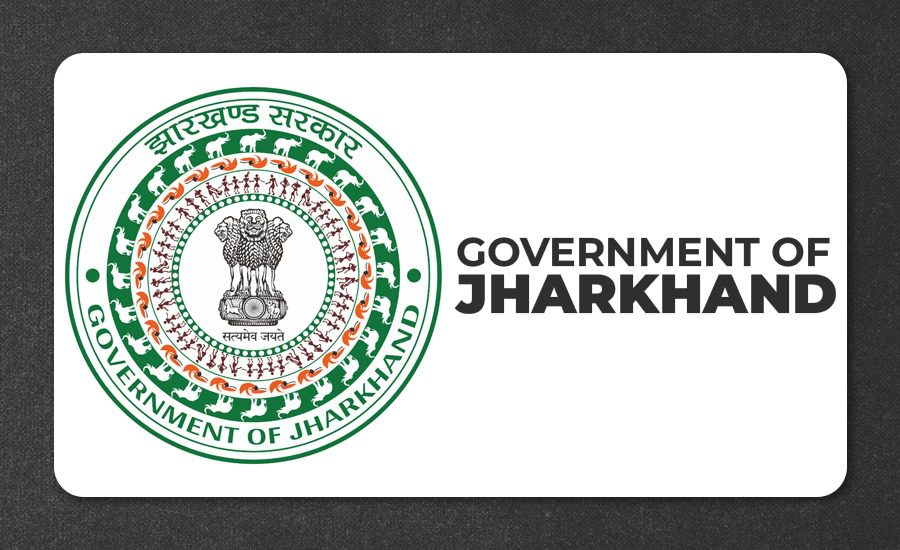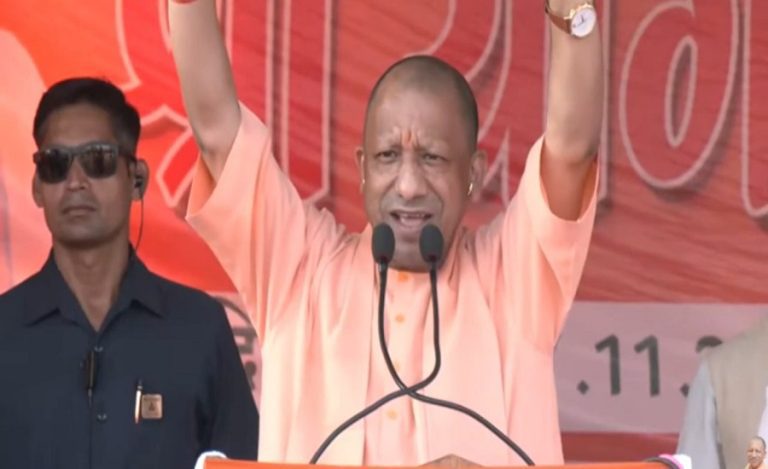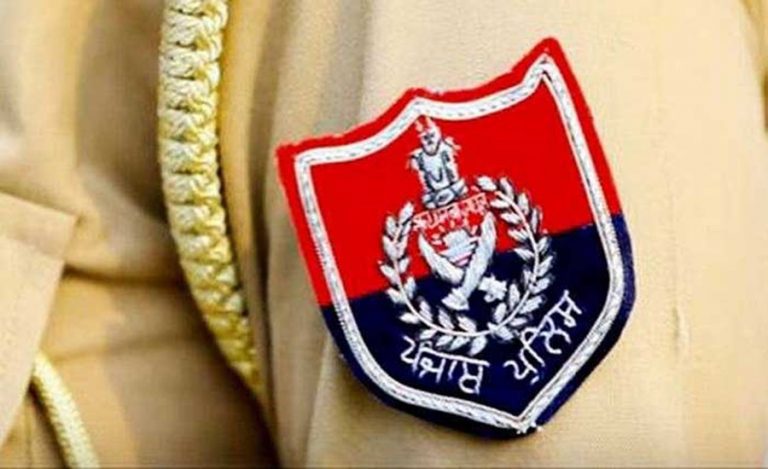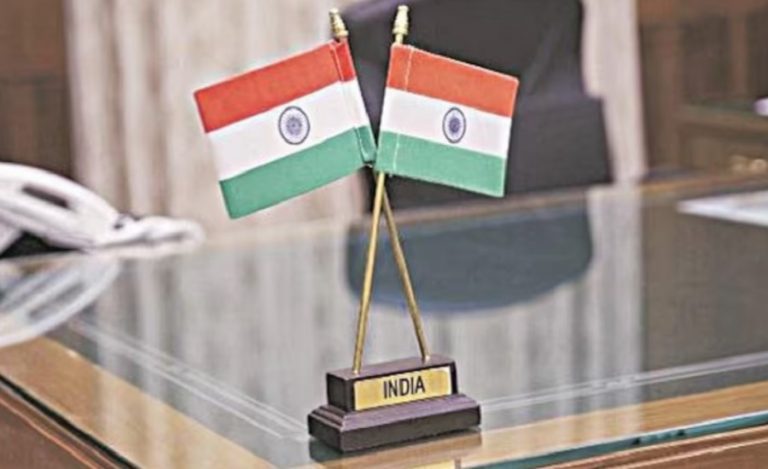With rapid deforestation becoming a global concern, Jharkhand is taking a bold step to strike a balance between industrial activity and environmental preservation. Approximately 28% of the state’s geographical area is covered by forests, and the government is working to expand this through a massive afforestation initiative that also aims to uplift rural livelihoods.
Also Read: MP: CM Mohan Yadav Leads Grand Tiranga Yatra in Gwalior Ahead of Independence Day- Know More
A Two-Pronged Strategy
The Jharkhand government is silently driving a green revolution by planting crores of fruit-bearing trees across the state. This initiative serves a dual purpose: increasing green cover and providing alternative sources of income for rural communities. At the centre of this effort is the Birsa Harit Gram Yojana (BHGY), launched in the financial year 2016–17 by the state’s rural development department under the Centre’s Mahatma Gandhi National Rural Employment Guarantee Scheme (MGNREGS).
Initially known as the Birsa Aam Bagwani Yojana, the scheme was relaunched in 2020 during the Covid-19 pandemic to help returning migrant workers who had lost their jobs. Since then, the scheme has supported over 1.67 lakh families by promoting horticulture on fallow lands.
From Fallow Land to Fruit Orchards
The scheme began with the cultivation of high-yielding mango varieties such as Amrapali and Mallika in select blocks of Khunti district. Under MGNREGS, beneficiaries received wages for land preparation and were later provided with saplings, fertilisers, and technical assistance.
“The scheme was designed to promote MGNREGS workers as owners of their orchards,” said Mr. Mritunjay Kumar Barnwal, a 2013-batch IAS officer and the current Jharkhand MGNREGA Commissioner. “They earn wages during land preparation and create a long-term asset. Until the fruit trees mature, they grow vegetables and sell the produce for income.”
Each acre of land under the scheme sees the plantation of 112 mango saplings and 80 timber-yielding saplings, including teak, Indian rosewood, and mahogany—trees that not only contribute to the environment but also generate long-term economic benefits for the farmers.
Building Local Capacity with ‘Bagwani Sakhis’
To ensure proper maintenance of the orchards, the department has trained a cadre of over 15,000 ‘Bagwani Sakhis’—rural women trained in horticultural practices, plant upkeep, and scheme guidelines. This community-based support system is bridging the knowledge gap and ensuring the success of the plantations.
Expanding the Crop Variety
While mango remains a primary focus, the scheme has diversified to include guava, lemon, and pear plantations. There are also plans to introduce litchi, cashew nuts, and other high-value fruits in the coming years.
According to Mr. Barnwal, approximately 2.17 crore saplings have already been planted under the scheme across the state. What started as a pilot project in a few hundred acres has now transformed 1.49 lakh acres of fallow land in just nine years.
Ambitious Goals for the Current Year
In the current financial year, the department aims to convert 50,000 more acres into green zones and plant 1 crore saplings. With Jharkhand’s population at around four crore, the government is also working towards the ambitious goal of “one plant, one person” by the end of this year.
Economic Impact on Rural Households
While the estimated cost of planting and maintaining an acre over 10 years is around Rs. 55,000, farmers can potentially earn up to Rs. 2 lakh during this period. This makes the scheme not just an environmental initiative but also a viable economic strategy to lift families out of poverty through sustainable horticulture.
As Jharkhand continues to industrialise, initiatives like the Birsa Harit Gram Yojana offer a model for environmentally responsible development that benefits both nature and people.




























